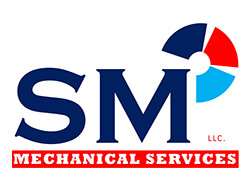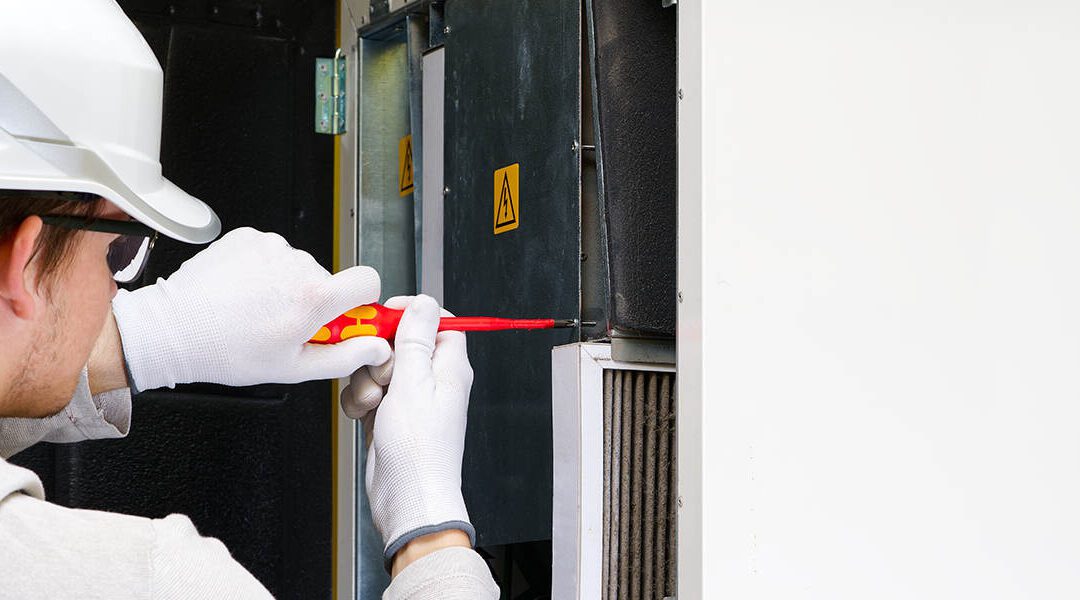Is your furnace giving trouble? Call SM Mechanical Services, LLC, for top-notch heating services in West Hartford, Connecticut!
You know your furnace keeps you feeling toasty when the brutal Connecticut winters hit, but do you know how it really works? Your furnace uses several components, and these work together to deliver warm air throughout your home. In particular, gas furnaces rely on the combustion process to produce enough warm air, and this mechanism relies on a surprising core component—excess air.
So, what is excess air in a furnace? Essentially, this is the oxygen that your heating system doesn’t use during its combustion cycle. While you might think a puff of oxygen is neither here nor there, too much or too little of this “excess air” can actually make your furnace less efficient.
When it comes to your HVAC in West Hartford, CT, you may have a lot of questions for our team at SM Mechanical Services, LLC. As a discerning customer, we’d expect nothing less from you and are happy to keep you as informed as possible. Let’s talk about what excess air is in a furnace and how much your system needs.
The Relationship Between Excess Air and Your Furnace’s Overall Efficiency
The overall furnace excess air concept is relatively simple. Still, you should also understand how excess air can impact your heating system’s efficiency if you’re going to make it a priority.
First, let’s discuss the combustion process.
Furnaces and boilers rely on a combustion process to heat air for your home, and this process needs oxygen, which your furnace gets from the air. To make sure it has enough oxygen, your furnace will pull excess air. This is important because too little oxygen in a combustion process will result in higher levels of carbon monoxide, which is dangerous.
On the other hand, excess air in your furnace can also pose some problems. For instance, too much air in the unit can cool the flames, which also leads to more carbon monoxide. Cooling the flames also decreases your furnace’s energy efficiency.
How Much Is Too Much: Your Excess Air in Furnace Explanation
What is excess air in a furnace, and what happens if there’s too much of it?
Now that you know the basic explanation of furnace excess air’s role in the combustion process, you’re probably wondering about the ideal amount. Theoretically, your furnace’s ideal level of excess air is 0%. Below zero would mean there is not enough oxygen for the combustion process, while above zero would be an oversupply.
We say “theoretically” here because getting the excess air to 0% is simply not achievable for two reasons:
- Heating fluctuations in the furnace make it nearly impossible to cancel out all excess air.
- It’s difficult to design a combustion process that perfectly mixes fuel with air (there are almost always imbalances).
The industry standard accounts for fluctuations while making sure your furnace has enough oxygen for the combustion process—most industry experts recommend 15% excess air for your gas furnace.
Understanding Excess Air in Furnaces and the Potential Problems It Causes
Too much excess air can reduce your furnace’s energy efficiency and introduce more carbon monoxide into the air. Why?
When there’s too much excess air in the system, it dilutes the water and carbon dioxide during the combustion process. As a result, the flue gas becomes less effective. This reduces the thermal efficiency of the firebox (or heat exchanger).
Additionally, excess air steals heat from your furnace’s combustion process, which means that it reduces the radiant heat. All this means that your furnace is wasting more energy and air to get your home to the temperature you’ve set the thermostat to.
What About When There Isn’t Enough Air In Your Furnace?
We’ve answered the question, “What is excess air in a furnace?” but you’re what happens when there isn’t enough.
If your furnace doesn’t have enough “excess air,” it will burn up all the fuel without releasing enough warm air into your home. Reduced energy efficiency isn’t the only problem this causes, though. Another issue when there isn’t enough excess air available in your furnace is a safety hazard—increased carbon monoxide levels.
What’s the Solution For Excess Air?
What does excess air mean in a furnace in terms of finding a solution? The best way to address any issues with your furnace is by hiring an experienced professional like SM Mechanical Services, LLC.
Furnace experts know that your furnace should have air-free carbon monoxide below 400 ppm, though many aim for 100 ppm. Anything above 400 ppm puts your heating system and furnace at risk, so they’ll measure this during a combustion assessment. Heating experts also know how much air or fuel to add for safe operations and maximum efficiency.
Let SM Mechanical Services, LLC, Answer All Your Furnace-Related Questions and Provide Top-Tier Service
Hopefully, this “excess air in furnace” definition has given you some clarity about how your furnace functions optimally. As you have seen, if you have a gas furnace, it’s crucial to schedule routine maintenance. Heating professionals need to ensure your unit is operating as safely and efficiently as possible.
Fortunately, you don’t have to look far for a trustworthy furnace expert! SM Mechanical Services, LLC, has over 15 years of experience working with property owners across Connecticut. We’ve seen nearly every type of furnace problem, so we’re confident we can answer your questions and provide the services your furnace needs.
Our BBB-accredited team even offers 24-hour emergency service, so if your furnace breaks down in the middle of the night, you can rely on us to get the heat back on.
What is excess air in a furnace? It’s an essential part of the combustion process, but there’s no question that your furnace needs just the right amount to do what it does best and be safe. If you need help servicing old gas furnaces or have questions about your furnace’s combustion efficiency, call SM Mechanical Services, LLC, at (860) 544-2026 today!

